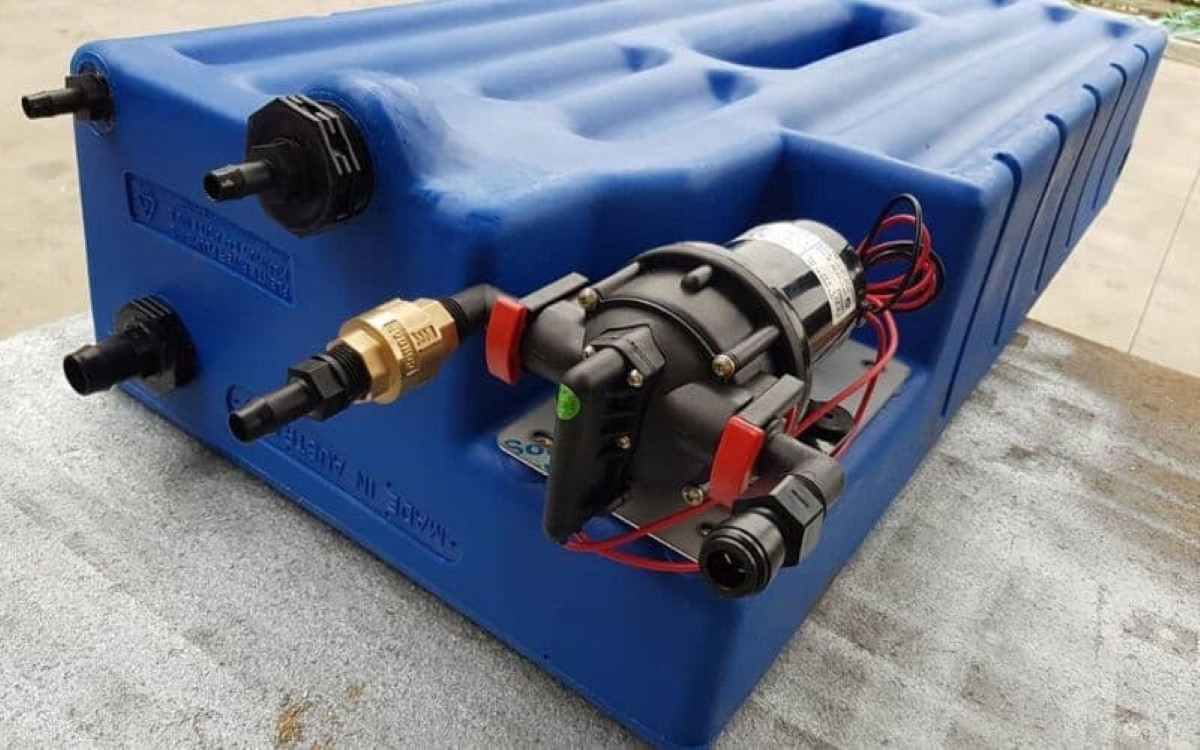

Articles
Why Does My Rv Water Pump Keep Running
Modified: January 6, 2024
Discover helpful articles on why your RV water pump keeps running and find solutions to resolve this common issue.
(Many of the links in this article redirect to a specific reviewed product. Your purchase of these products through affiliate links helps to generate commission for Storables.com, at no extra cost. Learn more)
Introduction
Having a running water pump in your RV can be a cause for concern and frustration. Not only does it waste water and put additional strain on the pump itself, but it can also lead to higher energy consumption and potential damage to the plumbing system. Understanding why your RV water pump keeps running is crucial in order to address the issue effectively.
The water pump in an RV is responsible for pressurizing the water system and delivering a steady flow of water to faucets, showers, and other onboard fixtures. When everything is working correctly, the pump should cycle on and off as needed to maintain the desired water pressure. However, if the pump continues to run even when the water is not in use, there may be an underlying problem that requires attention.
In this article, we will explore the common causes of a running water pump in an RV and provide practical steps to diagnose and fix the issue. By understanding these causes and learning how to troubleshoot them, you can save time, money, and frustration by resolving the problem yourself.
Key Takeaways:
- Regular maintenance and prompt repair of leaking faucets, damaged water lines, and malfunctioning components such as check valves and pressure switches are crucial in preventing a running water pump in your RV, saving water and energy.
- Proper sizing, installation, and maintenance of the water pump and its controller are essential for efficient water system operation, contributing to a smoother and more enjoyable RV experience while conserving resources.
Read more: Why Is My Rv Water Pump Not Working
Understanding the RV Water Pump
The RV water pump is an essential component of the onboard water system. It is typically located near the fresh water tank and is responsible for pressurizing the water and providing a steady flow to the faucets, showers, and toilets in the RV. The pump is designed to automatically activate when a faucet or fixture is turned on and shut off when the desired water pressure is reached.
Most RV water pumps are diaphragm pumps, which utilize a rubber diaphragm and electric motor to create pressure and push the water through the system. These pumps are designed to be self-priming, meaning they can draw water from the fresh water tank and build pressure without the need for manual priming.
The pump is equipped with a pressure switch that senses the water pressure in the system. When the pressure drops below a certain threshold (usually around 20-30 psi), the switch activates the pump to start pressurizing the system. Once the desired pressure is reached (typically 40-50 psi), the switch turns off the pump and the cycle repeats as needed.
It’s important to note that the water pump relies on a 12-volt power source, usually provided by the RV’s battery system. This means that if your RV is not connected to an external power source or the batteries are dead, the water pump will not operate.
Understanding the basic operation of the RV water pump is crucial in diagnosing and resolving any issues that may arise. Now that we have a grasp of how the water pump works, let’s explore some common causes of a running water pump in an RV and how to address them.
Common Causes of a Running Water Pump
When your RV water pump keeps running, there are several potential causes that you should investigate. By understanding these common issues, you can effectively troubleshoot the problem and find a solution. Here are seven common causes of a running water pump:
- Leaking Faucet or Showerhead: A leaking faucet or showerhead can cause a continuous flow of water, triggering the water pump to keep running. Inspect all faucets, showerheads, and connections for any signs of leakage. Repair or replace any faulty fixtures to prevent water wastage and the constant activation of the water pump.
- Faulty Water Pressure Regulator: The water pressure regulator in your RV helps maintain a consistent water pressure throughout the system. If the regulator is faulty or malfunctioning, it can cause the water pressure to drop, leading to the pump continuously running to compensate. Check the regulator and replace it if necessary.
- Damaged or Clogged Water Lines: Over time, water lines in your RV can become damaged or clogged with debris, causing a decrease in water pressure. This drop in pressure can trigger the water pump to constantly run. Inspect the water lines for any signs of damage or blockage and address the issue accordingly.
- Defective Check Valve: The check valve is a one-way valve that prevents water from flowing back into the fresh water tank when the pump is pressurizing the system. If the check valve is faulty or damaged, it can cause water to continuously flow backward, leading to the water pump running constantly. Check and replace the check valve if necessary.
- Broken Pressure Switch: The pressure switch is responsible for detecting the water pressure and signaling the water pump to turn on or off accordingly. If the pressure switch is malfunctioning, it may not accurately detect the pressure, causing the pump to keep running. Test the pressure switch and replace it if needed.
- Incorrect Water Pump Size or Installation: Using a water pump that is too small for your RV’s water demands or improper installation can cause the pump to continuously run in an attempt to meet the water pressure requirements. Ensure that you have the correct size water pump for your RV and that it is properly installed according to the manufacturer’s guidelines.
- Malfunctioning Water Pump Controller: Some RVs may have a water pump controller that regulates the pump’s operation. If the controller is faulty or not working correctly, it may not properly regulate the pump, leading to continuous running. Check the water pump controller and replace if necessary.
These are the common causes of a running water pump in an RV. By identifying and addressing these issues, you can resolve the problem and ensure the efficient and proper functioning of your RV’s water system. In the next section, we will explore the steps you can take to diagnose and fix a running water pump.
Leaking Faucet or Showerhead
A common cause of a running water pump in an RV is a leaking faucet or showerhead. Even a small leak can result in a continuous flow of water, triggering the water pump to stay active. To address this issue, follow these steps:
- Inspect Faucets and Showerheads: Begin by examining all faucets and showerheads in your RV. Look for visible signs of leakage, such as dripping water or water pooling around the fixtures. Make sure to check both hot and cold water faucets.
- Tighten or Replace Faucet Washers: If you notice any loose fittings or leaking around the faucet handles, try tightening the faucet washers. Use a wrench or pliers, depending on the type of faucet, to snugly tighten the fittings. If the leak persists, you may need to replace the faucet washers.
- Replace Faulty Showerhead: If the showerhead is the source of the leak, unscrew it from the shower arm and inspect the rubber gasket or O-ring inside. If damaged or worn out, replace the gasket or O-ring and reattach the showerhead securely. If the leak continues, consider replacing the showerhead altogether.
- Check Plumbing Connections: Inspect the connections between the faucets, showerheads, and the water lines. Tighten any loose connections to ensure a proper seal. If there are any damaged or deteriorated connections, replace them with new ones.
It’s important to address any faucet or showerhead leaks promptly to prevent water wastage and unnecessary strain on the water pump. By ensuring all fixtures are in good working condition, you can resolve this common cause of a running water pump in your RV.
Continue reading to learn about the next common cause of a running water pump – faulty water pressure regulator.
Faulty Water Pressure Regulator
A faulty water pressure regulator can also be a common cause of a running water pump in an RV. The water pressure regulator is responsible for maintaining a consistent water pressure throughout the system. If it malfunctions, it can result in a drop in water pressure, leading to the pump continuously running. Here’s how you can address this issue:
- Locate the Water Pressure Regulator: The water pressure regulator is typically located near the main water inlet of your RV. It may be attached to the city water connection or built into the water line. Locate the regulator for further inspection.
- Test the Water Pressure: Use a water pressure gauge to measure the pressure in the RV water system. Connect the gauge to a faucet or an external water outlet and turn on the water. Make a note of the pressure reading displayed on the gauge.
- Compare the Reading to Recommended Range: Check the recommended water pressure range specified by the manufacturer of your RV or water pressure regulator. If the pressure reading on the gauge falls below or exceeds the recommended range, there may be an issue with the water pressure regulator.
- Replace the Water Pressure Regulator: If the water pressure regulator is faulty or outside the recommended pressure range, it may need to be replaced. Consult the manufacturer’s instructions or seek professional help to ensure the proper installation of a new regulator.
By ensuring the water pressure regulator is functioning correctly and maintaining the appropriate water pressure, you can prevent the water pump from continuously running. This will not only save water but also contribute to the longevity of your RV’s plumbing system.
Stay tuned for the next common cause of a running water pump – damaged or clogged water lines.
Read more: Why Does My Water Pump Breaker Keep Tripping
Damaged or Clogged Water Lines
Damaged or clogged water lines in your RV can contribute to a running water pump. Over time, water lines can become damaged or accumulate debris, leading to a decrease in water pressure and causing the pump to continuously run. Follow these steps to address this issue:
- Inspect the Water Lines: Take a close look at the water lines inside your RV. Look for any visible signs of damage, such as cracks, leaks, or bulges. Pay attention to areas where the lines are exposed or may have been subjected to wear and tear.
- Clean or Clear Clogged Water Lines: If you suspect that your water lines are clogged, there are a few methods you can try to clear the blockage. You can use a pipe snake or plumber’s snake to remove any debris or buildup from the lines. You can also use a specialized RV pipe cleaner or a solution of vinegar and water to flush out the lines.
- Repair or Replace Damaged Water Lines: If you find any damaged water lines, it’s important to address the issue promptly. Depending on the severity of the damage, you may be able to use pipe repair kits or compression fittings to fix minor leaks or cracks. In the case of significant damage, it may be necessary to replace the entire section of the water line.
- Ensure Proper Insulation: In colder climates, frozen or burst water lines can also cause issues with water pressure and the operation of the water pump. Ensure that all water lines are properly insulated to prevent freezing and subsequent damage. Consider using heat tape or foam pipe insulation to protect the lines.
By inspecting and maintaining your RV’s water lines, you can prevent clogs and damages that lead to a running water pump. Regular checks and timely repairs or replacements will help ensure a properly functioning water system in your RV.
Next, we will explore another common cause of a running water pump – a defective check valve.
Defective Check Valve
A defective check valve can be another culprit behind a running water pump in an RV. The check valve is a one-way valve that prevents water from flowing back into the fresh water tank when the pump is pressurizing the system. If the check valve is faulty or damaged, water can continuously flow backward, causing the pump to run constantly. Follow these steps to address this issue:
- Locate the Check Valve: The check valve is usually located near the water pump or the connection to the fresh water tank. It may be in the form of a plastic or brass valve.
- Inspect the Check Valve: Carefully examine the check valve for any visible signs of damage, such as cracks, leaks, or missing parts. If there is debris or sediment buildup, clean or flush out the check valve using water or a specialized cleaning solution.
- Test the Check Valve: To test the functionality of the check valve, disconnect the water line leading into the check valve from the pump. Activate the water pump and observe the flow of water. If water continues to flow out of the disconnected line, the check valve is likely defective and needs to be replaced.
- Replace the Check Valve: If the check valve is damaged or not functioning correctly, it is advisable to replace it. Consult the manufacturer’s instructions or seek professional assistance to ensure the proper installation of a new check valve.
By ensuring that the check valve is in good working condition, you can prevent water from flowing backward and causing a continuous running water pump. Regular inspection and maintenance of the check valve will help maintain the efficiency of your RV’s water system.
Stay tuned to learn about the next common cause of a running water pump – a broken pressure switch.
Broken Pressure Switch
A broken pressure switch can contribute to a running water pump in your RV. The pressure switch is responsible for detecting the water pressure in the system and signaling the water pump to turn on or off accordingly. If the pressure switch is malfunctioning, it may not accurately detect the pressure, causing the pump to keep running. Follow these steps to address this issue:
- Locate the Pressure Switch: The pressure switch is typically located near the water pump or within the control panel of your RV.
- Inspect the Pressure Switch: Carefully examine the pressure switch for any visible signs of damage, such as cracks, loose connections, or burnt wires. Check that all electrical connections are secure.
- Test the Pressure Switch: To test the pressure switch, use a multimeter to check for continuity and proper functioning. Follow the manufacturer’s instructions or consult a professional if you are unsure about performing this test.
- Replace the Pressure Switch: If the pressure switch is broken or not functioning correctly, it is advisable to replace it. Consult the manufacturer’s instructions or seek professional assistance to ensure the proper installation of a new pressure switch.
By ensuring that the pressure switch is in good working condition, you can accurately control the operation of the water pump and prevent it from running continuously. Regular inspection and maintenance of the pressure switch will help keep your RV’s water system running efficiently.
Next, let’s explore another common cause of a running water pump – incorrect water pump size or installation.
Incorrect Water Pump Size or Installation
Using an incorrect water pump size or improper installation can also cause a running water pump in your RV. If the water pump is too small for your RV’s water demands or installed incorrectly, it may struggle to meet the required water pressure, leading to continuous pump operation. Here’s how you can address this issue:
- Check the Water Pump Size: Confirm that the water pump installed in your RV is the correct size for your water needs. You can find this information in the manufacturer’s specifications or by consulting an RV professional.
- Inspect the Water Pump Installation: Ensure that the water pump is installed according to the manufacturer’s guidelines. Check for any loose or leaking connections, properly secured mounting, and proper routing of the water lines.
- Consider Upgrading the Water Pump: If you find that the installed water pump is undersized for your RV’s water demands, it may be necessary to upgrade to a larger capacity pump. Consult an RV expert to determine the appropriate size and consider the installation or replacement.
By ensuring that the water pump size is suitable for your RV’s water needs and that it is installed correctly, you can prevent the pump from continuously running and ensure optimal water pressure. Regular inspection and maintenance will help keep your RV’s water system operating efficiently.
Stay tuned as we dive into the next common cause of a running water pump – a malfunctioning water pump controller.
Check for leaks in the water system, including faucets, pipes, and connections. A leak can cause the water pump to continuously run as it tries to maintain water pressure.
Read more: Why Is My Rv Water Pump So Loud
Malfunctioning Water Pump Controller
A malfunctioning water pump controller can contribute to a running water pump in your RV. Some RVs have a water pump controller that regulates the pump’s operation. If the controller is faulty or not working correctly, it may not properly regulate the pump, leading to continuous running. Here’s how you can address this issue:
- Locate the Water Pump Controller: The water pump controller is typically located near the water pump or within the RV’s control panel.
- Inspect the Water Pump Controller: Carefully examine the water pump controller for any visible signs of damage, such as loose connections, burnt wires, or malfunctioning buttons or switches.
- Test the Water Pump Controller: Follow the manufacturer’s instructions or consult a professional to test the functionality of the water pump controller. This may involve checking for proper voltage output, testing button or switch functionality, or troubleshooting any error codes or indicators on the controller.
- Replace or Repair the Water Pump Controller: If the water pump controller is faulty or not functioning properly, it may need to be replaced or repaired. Consult the manufacturer’s instructions or seek professional assistance to ensure the proper installation or repair of the water pump controller.
By ensuring that the water pump controller is in good working condition, you can effectively regulate the operation of the water pump, preventing it from running continuously. Regular inspection and maintenance of the water pump controller will contribute to the overall efficiency of your RV’s water system.
Now that we have explored the common causes of a running water pump and how to address them, let’s move on to the steps you can take to diagnose and fix a running water pump in your RV.
Steps to Diagnose and Fix a Running Water Pump
If your RV water pump is running continuously, it’s essential to diagnose and fix the issue promptly. Here are six steps you can take to identify the problem and resolve it:
- Check for External Leaks: Inspect all faucets, showerheads, and connections for any signs of leakage. Even a small leak can trigger the water pump to stay active. Tighten loose fittings or replace faulty fixtures to stop water wastage and prevent the continuous activation of the water pump.
- Inspect and Clean Water Lines: Examine the water lines for any damage, such as cracks or clogs. Clear any blockages using a pipe snake or specialized cleaning solutions. Repair or replace damaged sections of the water lines to restore proper water flow and pressure.
- Test and Replace the Check Valve: Check the check valve for any damages or blockages. If the check valve is faulty, water can flow backward and cause the water pump to continuously run. Replace the check valve to ensure one-way water flow and prevent the pump from staying active unnecessarily.
- Examine and Replace the Pressure Switch: Inspect the pressure switch for any malfunctioning components. A broken pressure switch may not accurately detect the water pressure, causing the pump to run continuously. Replace the pressure switch if necessary to restore proper pump operation.
- Assess and Adjust Water Pump Size or Installation: Evaluate whether the water pump size is adequate for your RV’s water demands. Incorrect pump size or improper installation can result in continuous pump operation. Consider upgrading to a larger capacity pump or reinstalling the pump according to manufacturer guidelines, if necessary.
- Test and Troubleshoot the Water Pump Controller: If your RV has a water pump controller, test its functionality following the manufacturer’s instructions. Check for any errors, malfunctions, or loose connections. Repair or replace the water pump controller as needed to ensure proper pump regulation.
By following these steps and addressing any issues identified, you can diagnose and fix a running water pump in your RV. Regular maintenance and periodic checks of your RV’s water system will help ensure its efficient and proper functioning.
Next, let’s conclude our discussion on why your RV water pump keeps running.
Check for External Leaks
If your RV water pump is running continuously, one of the first steps you should take is to check for external leaks. Even a small leak can cause the water pump to stay active, resulting in water wastage and unnecessary strain on the system. Here’s how you can check for and address external leaks:
- Inspect Faucets and Connections: Begin by examining all faucets, showerheads, and connections in your RV. Look for any visible signs of leakage, such as dripping water or water pooling around the fixtures. Make sure to check both hot and cold water faucets, as well as any outdoor connections.
- Tighten Loose Fittings: If you notice any loose fittings or leaking around the faucet handles or connections, try tightening them using a wrench or pliers. Ensure that all connections are secure and properly sealed to prevent water from escaping.
- Replace Faulty Fixtures: If tightening the fittings doesn’t resolve the leak, you may need to replace the faulty fixtures. This could involve replacing washers, cartridges, or even the entire faucet or showerhead. Consult the manufacturer’s instructions or seek professional assistance if needed.
- Check for Cracked or Damaged Pipes: Inspect the water lines for any visible cracks or damage. Use a flashlight or mirror to check hard-to-reach areas, such as under sinks or behind cabinets. If you find any cracked or damaged pipes, you may need to replace the affected section to eliminate the leak.
- Inspect Hose Connections: If your RV has external water hoses, check the connections for any leaks or loose fittings. Ensure that the hose connections are tightened securely and that there are no cracks or damage to the hoses themselves. Replace any damaged hoses or fittings as necessary.
By thoroughly inspecting and addressing any external leaks in your RV’s water system, you can prevent water wastage and relieve the strain on the water pump. Regularly checking for leaks and performing maintenance will help keep your RV’s plumbing system in good condition and reduce the chances of a running water pump.
Continue reading to learn about the other steps you can take to diagnose and fix a running water pump in your RV.
Inspect and Clean Water Lines
When your RV water pump keeps running, it’s important to inspect and clean the water lines. Over time, debris and sediment can accumulate in the lines, causing a decrease in water pressure and triggering the pump to stay active. Follow these steps to inspect and clean the water lines:
- Turn Off the Water Pump: Before inspecting the water lines, make sure to turn off the water pump and disconnect the electrical power to ensure safety.
- Visually Inspect the Water Lines: Examine the water lines throughout your RV, paying close attention to areas where they are exposed or may be vulnerable to damage. Look for any visible signs of damage, such as cracks, leaks, or bulges.
- Check for Blockages: Run your finger along the inside of the water lines to feel for any blockages. If you encounter resistance or notice a build-up of debris, it indicates a clog that needs to be addressed.
- Clean the Water Lines: There are several methods you can use to clean the water lines. One option is to use a pipe snake or plumber’s snake to dislodge any debris or blockages. Insert the snake into the water lines and move it back and forth to break up and remove any obstructions. Another option is to use a specialized RV pipe cleaner or a solution of vinegar and water to flush out the lines. Follow the manufacturer’s instructions for the pipe cleaner or mix equal parts of vinegar and water, then flush the solution through the water lines.
- Rinse and Test: After cleaning the water lines, rinse them thoroughly with clean water to remove any cleaning solution or debris. Then, reconnect the water lines and turn on the water pump to test the water flow and pressure. Ensure that the pump cycles on and off as normal, indicating proper operation.
By regularly inspecting and cleaning the water lines in your RV, you can prevent debris build-up and maintain optimal water flow and pressure. This will help eliminate the need for the water pump to continuously run, saving energy and prolonging the life of the pump.
Continue reading to learn about the next step in diagnosing and fixing a running water pump – testing and replacing the check valve.
Test and Replace the Check Valve
If your RV water pump is running continuously, a malfunctioning check valve could be the cause. The check valve is a one-way valve that prevents water from flowing back into the fresh water tank when the pump is pressurizing the system. If the check valve is faulty or damaged, water can continuously flow backward, causing the water pump to run continuously. Here’s how you can test and replace the check valve:
- Locate the Check Valve: The check valve is typically located near the water pump or the connection to the fresh water tank. It may be a separate component or integrated into the water pump itself.
- Inspect the Check Valve: Carefully examine the check valve for any visible signs of damage, such as cracks, leaks, or missing parts. If there is debris or sediment buildup, clean or flush out the check valve using water or a specialized cleaning solution.
- Test the Check Valve: To test the functionality of the check valve, follow these steps:
- Disconnect the water line leading into the check valve from the pump.
- Activate the water pump by turning on a faucet or fixture.
- If water continues to flow out of the disconnected line, it indicates that the check valve is malfunctioning and needs to be replaced.
- Replace the Check Valve: If the check valve is damaged or not functioning correctly, it is advisable to replace it. Consult the manufacturer’s instructions or seek professional assistance to ensure the proper installation of a new check valve. Make sure to use a check valve with the correct specifications for your RV’s water system.
By testing and replacing a faulty check valve, you can prevent water from flowing backward and causing the water pump to run continuously. This helps to maintain the proper functioning of your RV’s water system and ensures efficient water flow with minimal energy consumption.
Next, we will explore the steps to diagnose and fix a running water pump by examining and replacing the pressure switch.
Examine and Replace the Pressure Switch
If your RV water pump is running continuously, a faulty pressure switch may be the culprit. The pressure switch is responsible for detecting the water pressure in the system and signaling the water pump to turn on or off accordingly. If the pressure switch is malfunctioning, it may not accurately detect the pressure, causing the pump to keep running. Here’s how you can examine and replace the pressure switch:
- Locate the Pressure Switch: The pressure switch is typically located near the water pump or within the control panel of your RV.
- Inspect the Pressure Switch: Carefully examine the pressure switch for any visible signs of damage, such as cracks, loose connections, or burnt wires. Check that all electrical connections are secure.
- Test the Pressure Switch: To test the functionality of the pressure switch, follow these steps:
- Turn off the water pump and disconnect the electrical power.
- Use a multimeter to check for continuity and proper functioning of the pressure switch.
- Follow the manufacturer’s instructions or consult a professional if you are unsure about performing this test.
- Replace the Pressure Switch: If the pressure switch is broken or not functioning correctly, it is advisable to replace it. Consult the manufacturer’s instructions or seek professional assistance to ensure the proper installation of a new pressure switch. Make sure to use a pressure switch with the correct specifications for your RV’s water system.
By examining and replacing a faulty pressure switch, you can ensure that the water pump operates accurately and shuts off when the desired pressure is reached. This will prevent the pump from running continuously and help conserve water and energy in your RV.
Stay tuned as we continue to explore the steps to diagnose and fix a running water pump in your RV.
Assess and Adjust Water Pump Size or Installation
If your RV water pump is running continuously, it could be due to an incorrect water pump size or improper installation. Using a water pump that is too small for your RV’s water demands or not installing it correctly can lead to a pump that struggles to meet the required water pressure, causing it to run continuously. Here’s how you can assess and adjust the water pump size or installation:
- Evaluate Water Pump Size: Determine whether the water pump installed in your RV is the correct size for your water usage needs. Consult the manufacturer’s specifications or seek professional advice to ensure that the pump’s capacity matches the demands of your RV’s water system.
- Review Installation Guidelines: Review the manufacturer’s installation guidelines for your water pump. Ensure that you followed the recommended installation steps and made all the necessary connections correctly. Incorrect installation can lead to issues such as air leaks or insufficient water flow.
- Check for Air Leaks: Inspect the water pump and all associated connections for any signs of air leaks. Air leaks can disrupt the proper functioning of the pump, causing it to run continuously. Use a soapy water solution and apply it to the connections. If you observe bubbles forming, it indicates an air leak that needs to be addressed.
- Ensure Proper Pump Mounting: Verify that the water pump is securely and properly mounted. Loose or improper mounting can lead to excess vibration and noise, affecting the pump’s performance. Refer to the manufacturer’s instructions for the correct mounting procedure.
- Consider Upgrading the Water Pump: If you find that the current water pump is undersized for your RV’s water demands, it may be necessary to upgrade to a larger capacity pump. Consult an RV expert to determine the appropriate pump size and consider the installation or replacement accordingly.
By assessing and adjusting the size or installation of your RV’s water pump, you can ensure that it meets your water usage needs effectively. A properly sized and correctly installed pump will operate efficiently, preventing it from running continuously and saving energy in the process.
Next, we will look at the steps to diagnose and fix a running water pump by testing and troubleshooting the water pump controller.
Test and Troubleshoot the Water Pump Controller
If your RV water pump is running continuously, it’s essential to test and troubleshoot the water pump controller. Some RVs have a controller that regulates the operation of the water pump, and if it’s malfunctioning, it may not properly regulate the pump’s activity, resulting in continuous running. Here’s how you can test and troubleshoot the water pump controller:
- Locate the Water Pump Controller: The water pump controller is typically located near the water pump or within the RV’s control panel.
- Inspect the Water Pump Controller: Carefully examine the water pump controller for any visible signs of damage, such as loose connections, burnt wires, or malfunctioning buttons or switches. Check for any error codes or indicators on the controller’s display.
- Check Electrical Connections: Ensure that all electrical connections to the water pump controller are secure. Loose or faulty connections can cause the controller to malfunction, leading to continuous pump operation.
- Test the Functionality: Follow the manufacturer’s instructions to test the functionality of the water pump controller. This may include checking for proper voltage output, testing button or switch functionality, or troubleshooting any error codes or indicators. Refer to the controller’s user manual for specific troubleshooting steps.
- Repair or Replace the Water Pump Controller: If the water pump controller is found to be faulty or not functioning correctly, it may need to be repaired or replaced. Consult the manufacturer’s instructions or seek professional assistance to ensure the proper repair or installation of a new water pump controller.
By testing and troubleshooting the water pump controller, you can ensure that it accurately regulates the operation of the water pump. A properly functioning controller will prevent the pump from running continuously and optimize water flow, pressure, and energy consumption in your RV.
Now that we have covered the steps to diagnose and fix a running water pump, you are equipped with the knowledge to address this issue in your RV. Regular maintenance and periodic checks of your water system will help ensure its optimal performance.
If you still experience issues with your RV water pump, it may be advisable to consult a professional or seek assistance from an RV service center for further diagnosis and repair.
Conclusion
A running water pump in your RV can be a source of frustration and concern. However, by understanding the common causes and following the appropriate steps to diagnose and fix the issue, you can resolve the problem effectively.
In this article, we explored various factors that can contribute to a running water pump, including leaking faucets or showerheads, faulty water pressure regulators, damaged or clogged water lines, defective check valves, broken pressure switches, incorrect water pump sizes or installations, and malfunctioning water pump controllers.
By checking for external leaks, inspecting and cleaning water lines, testing and replacing check valves and pressure switches, assessing and adjusting water pump size or installation, and troubleshooting water pump controllers, you can address these issues and restore the proper functioning of your RV’s water system.
Regular maintenance and periodic checks of your RV’s water system are essential to prevent future issues with your water pump. This includes promptly addressing any leaks, cleaning water lines, and ensuring proper installation and sizing of components. It’s also important to consult the manufacturer’s instructions and seek professional assistance when needed.
Taking the time to diagnose and fix a running water pump will not only save water and energy, but also contribute to a smoother and more enjoyable RV experience. By maintaining your RV’s water system in good condition, you can have peace of mind and ensure the efficient operation of your onboard plumbing.
Remember, if you encounter difficulties in resolving the issue or if the problem persists, it is advisable to consult a professional or seek assistance from an RV service center for further diagnosis and repair.
Now you have the knowledge and tools to tackle a running water pump in your RV. Happy travels and happy camping!
Frequently Asked Questions about Why Does My Rv Water Pump Keep Running
Was this page helpful?
At Storables.com, we guarantee accurate and reliable information. Our content, validated by Expert Board Contributors, is crafted following stringent Editorial Policies. We're committed to providing you with well-researched, expert-backed insights for all your informational needs.
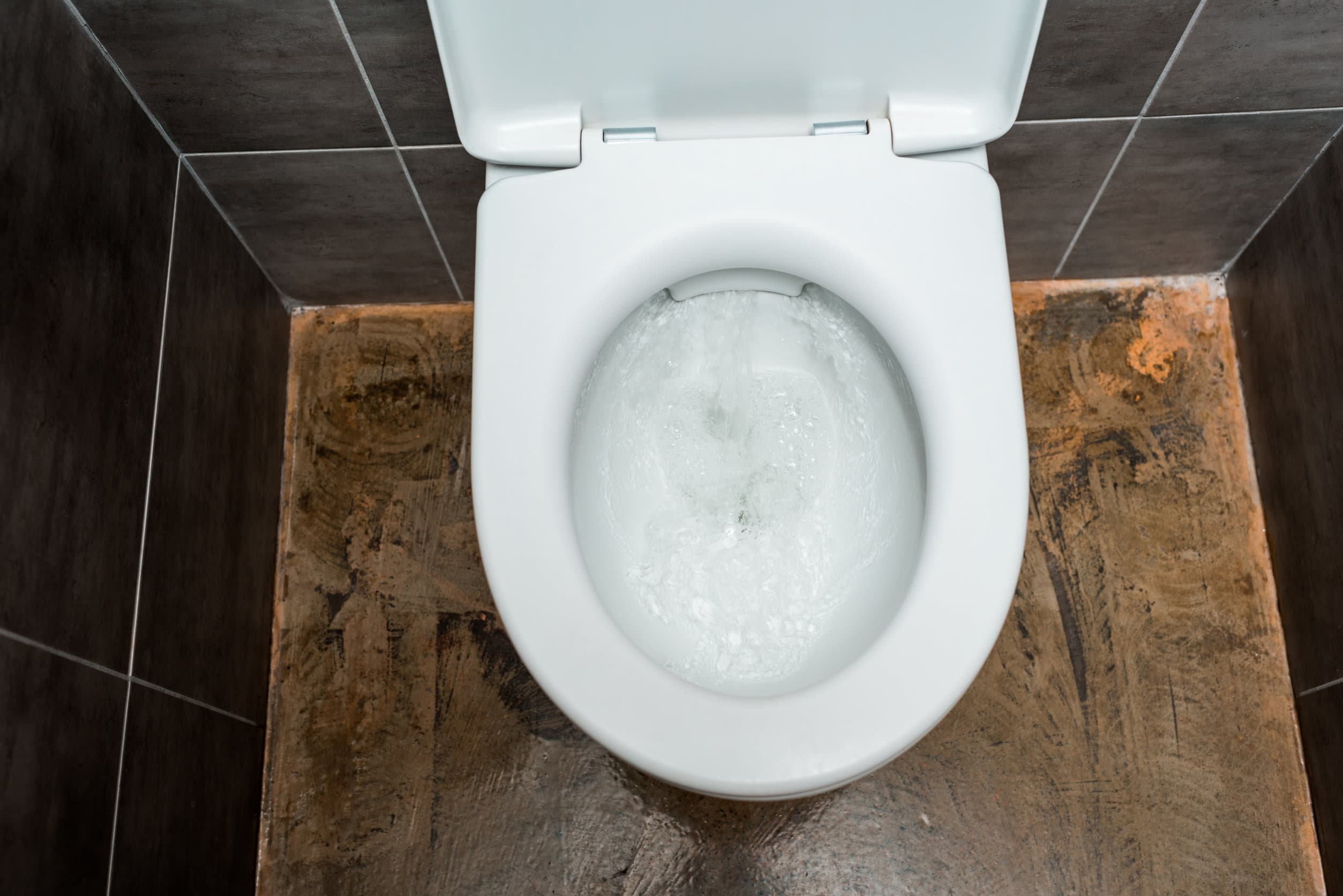
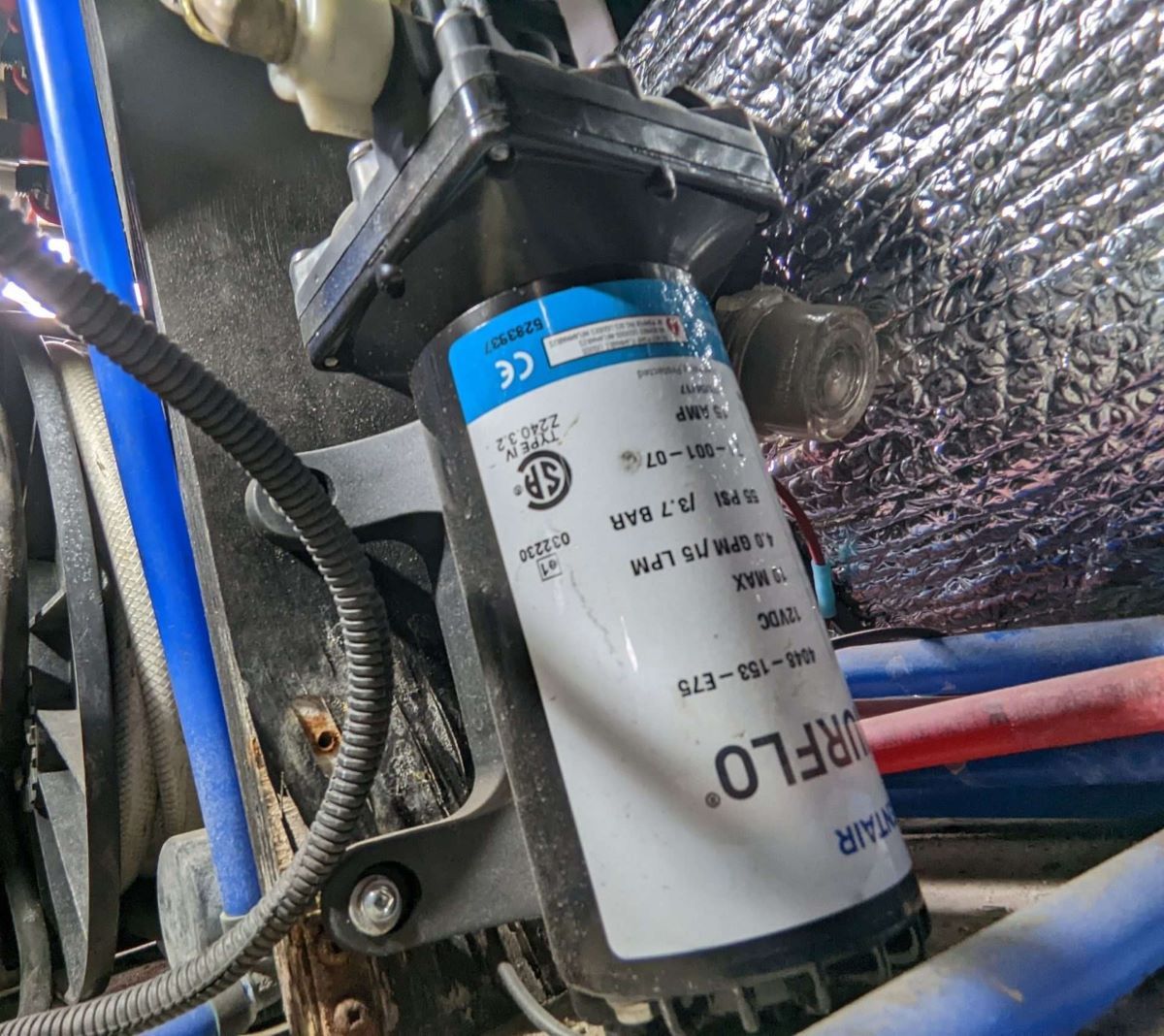
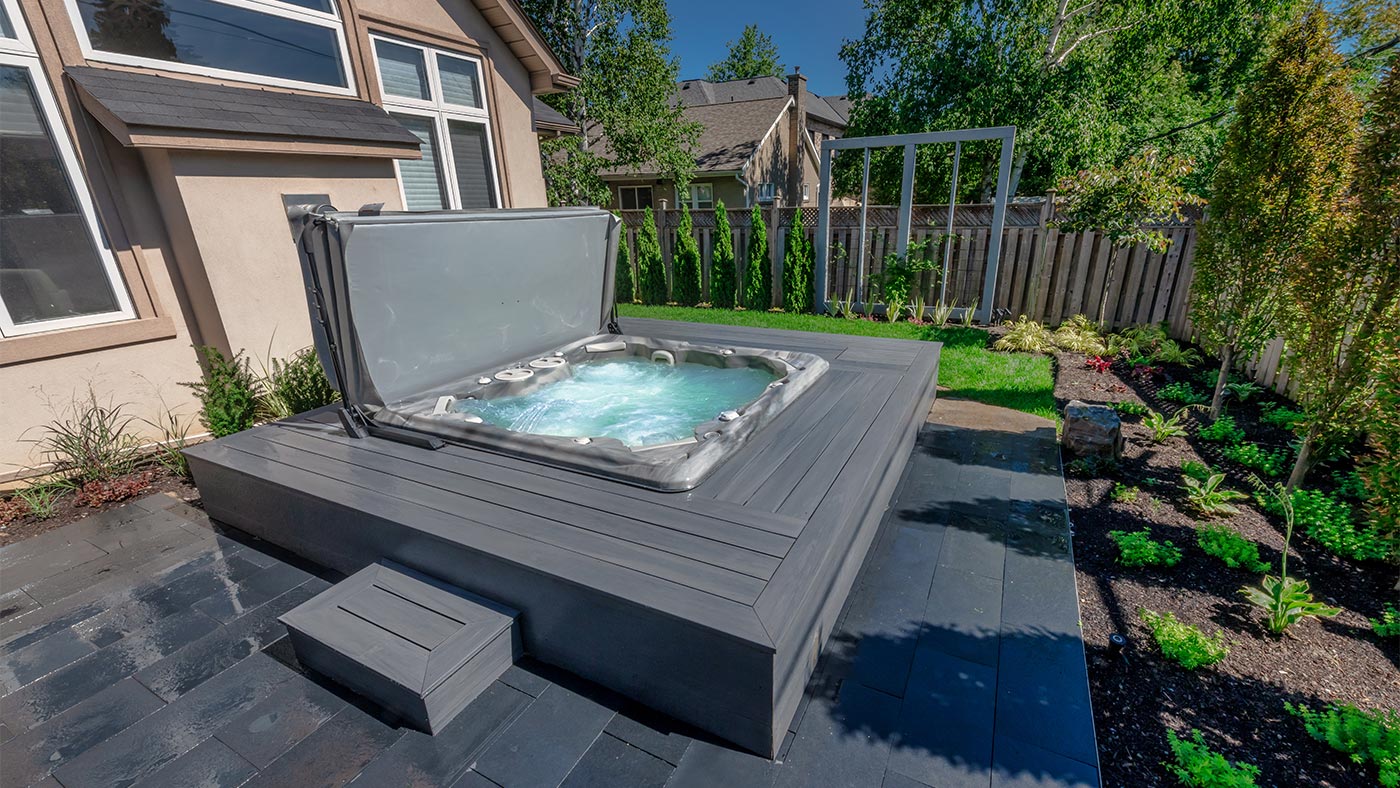
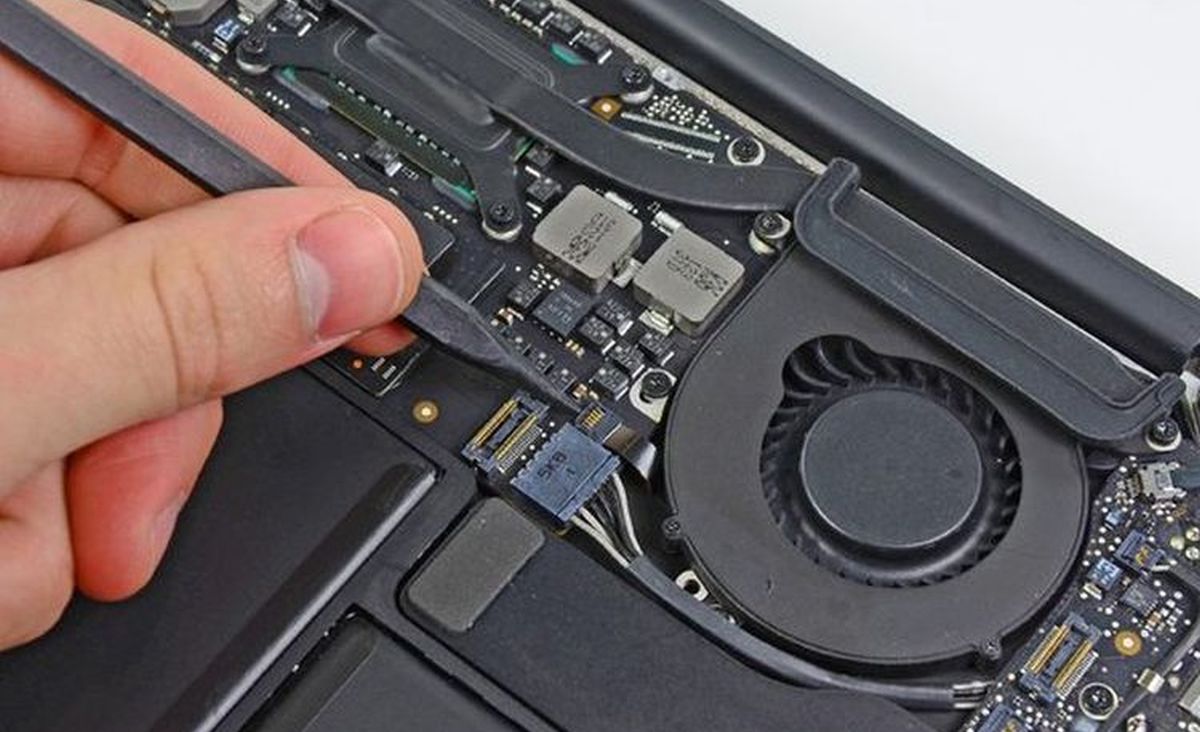
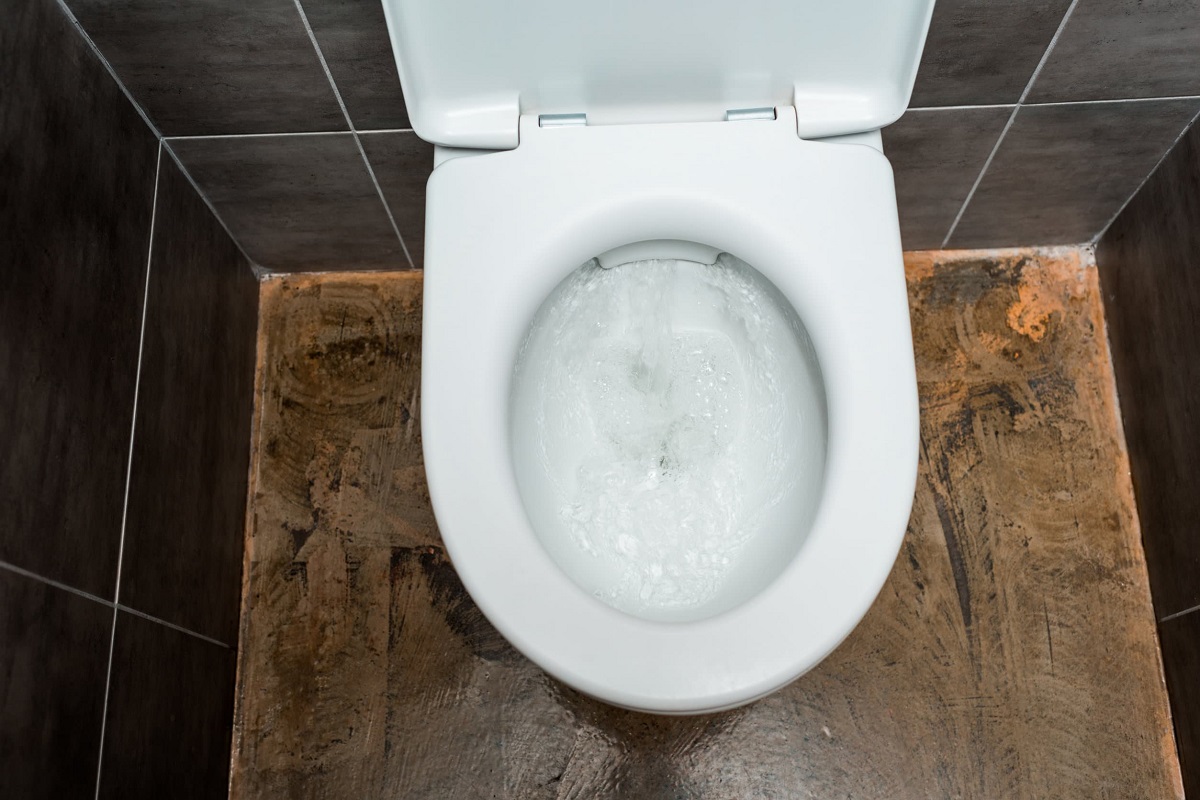
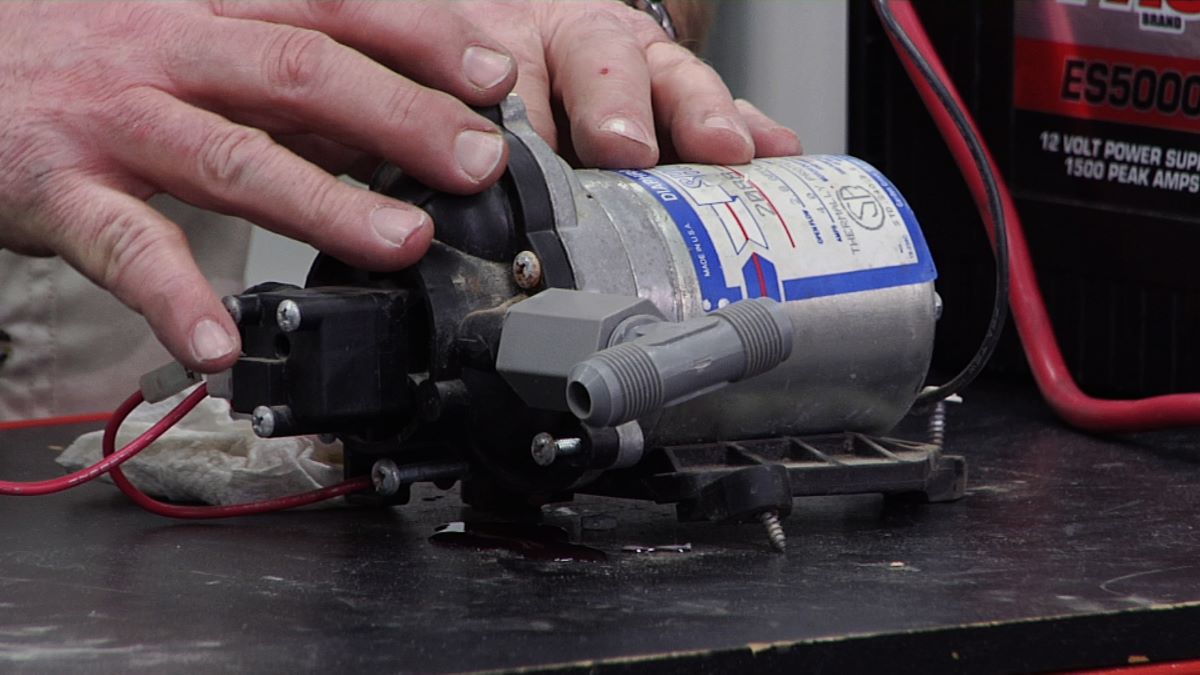
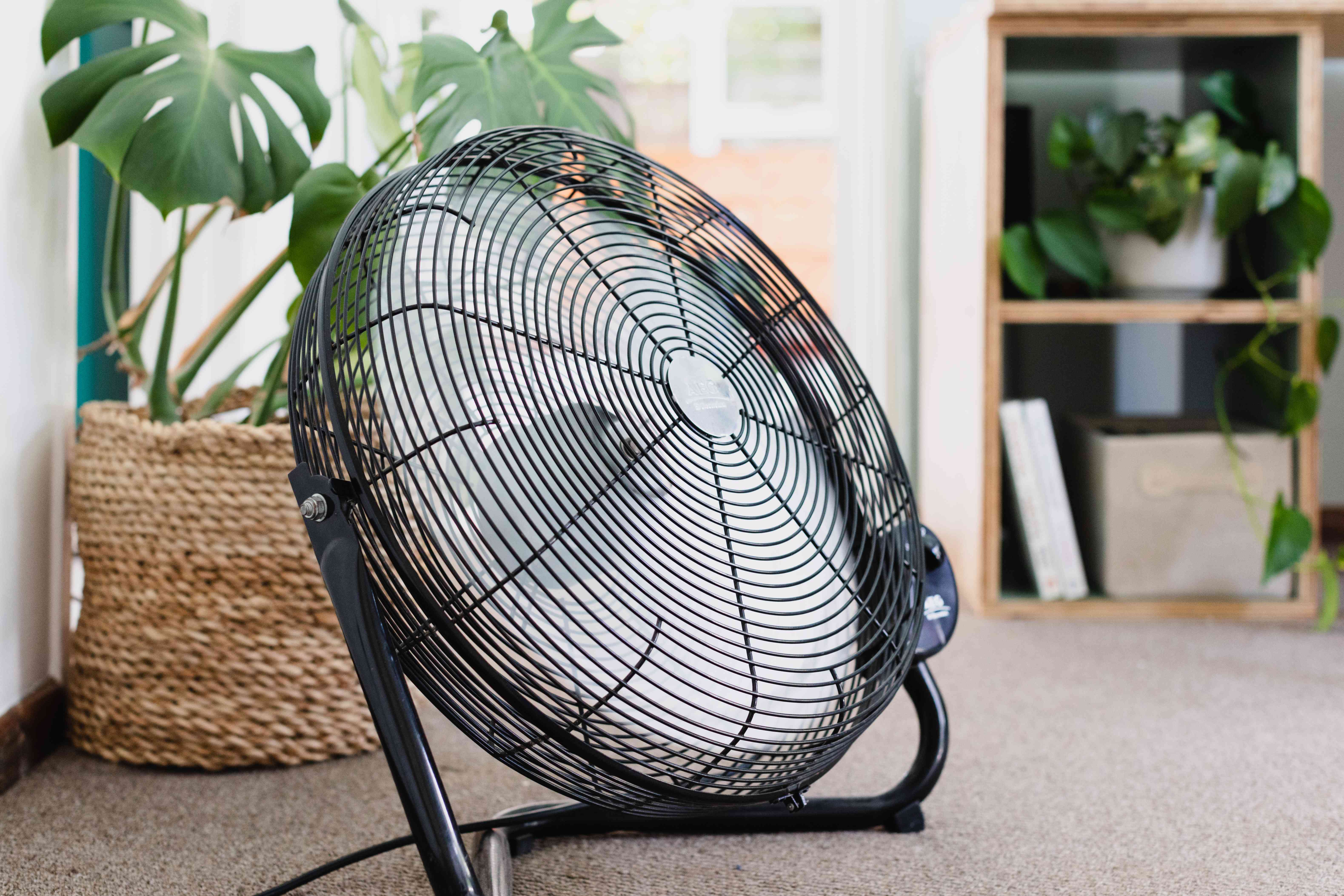
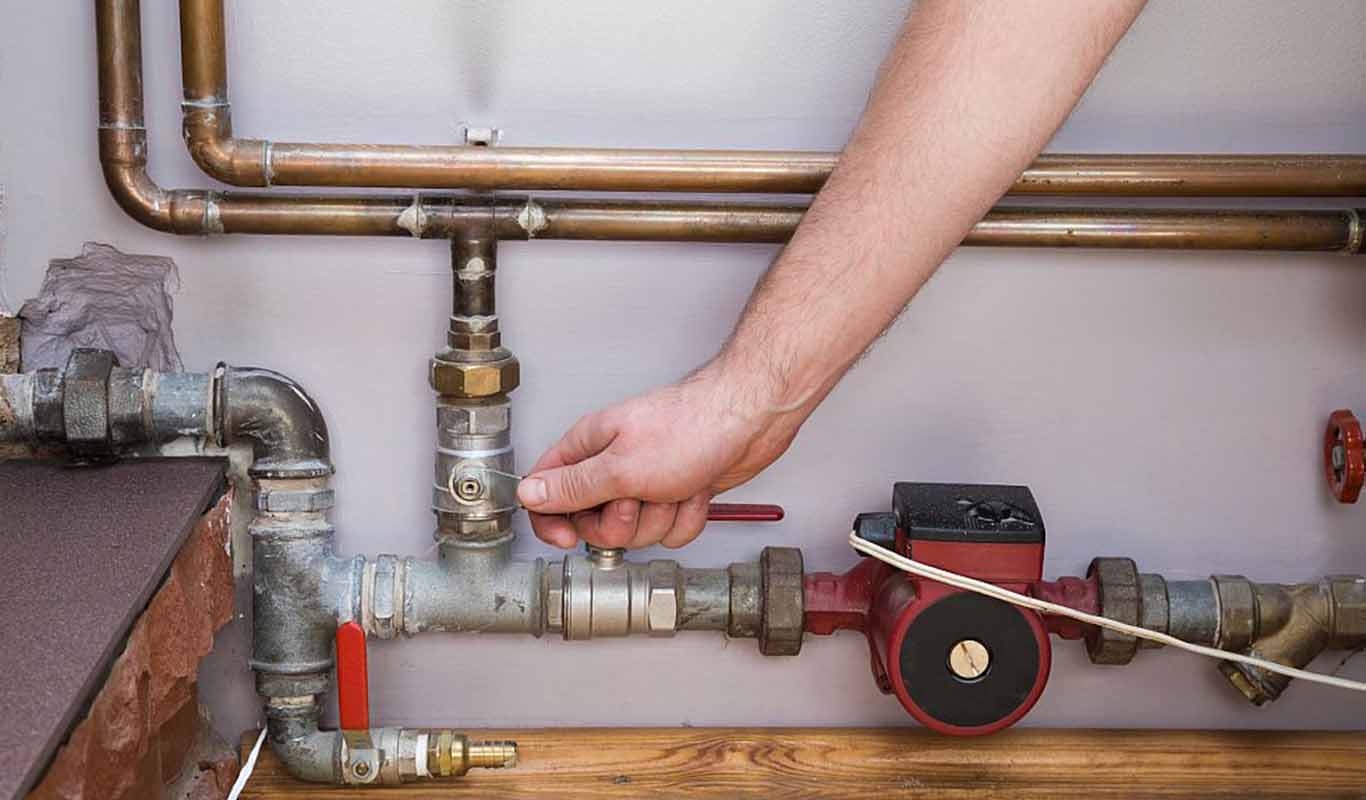
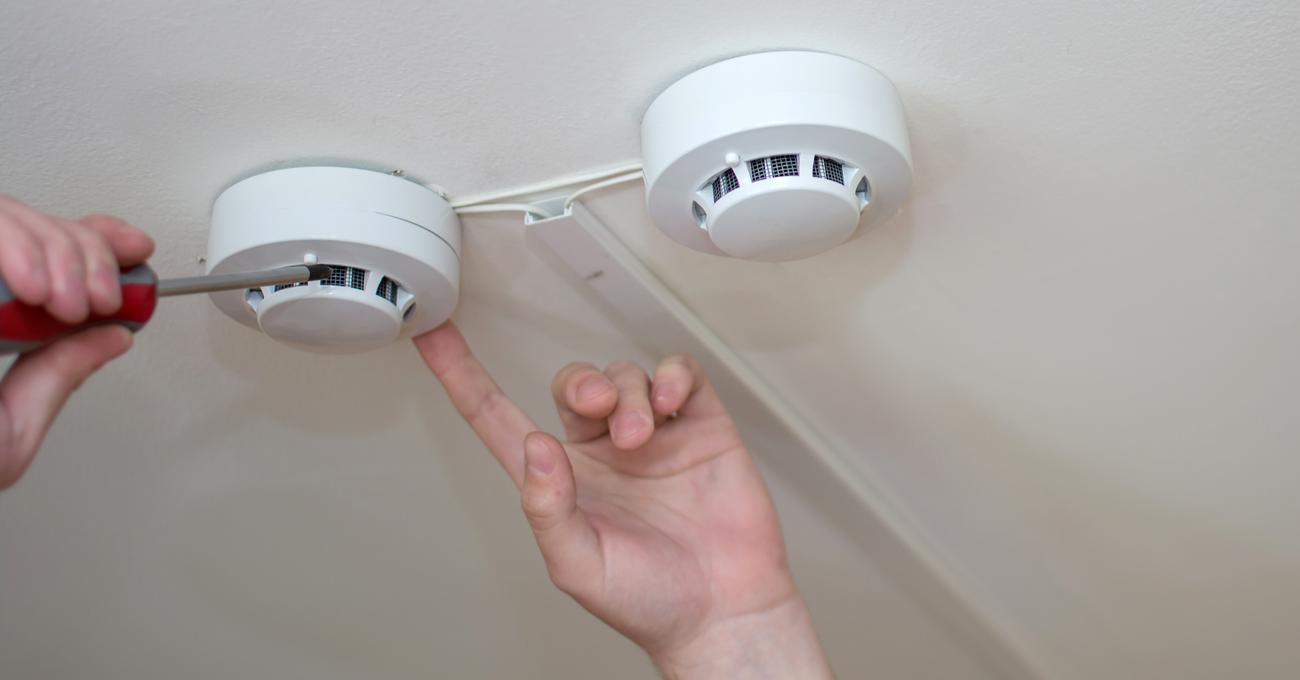
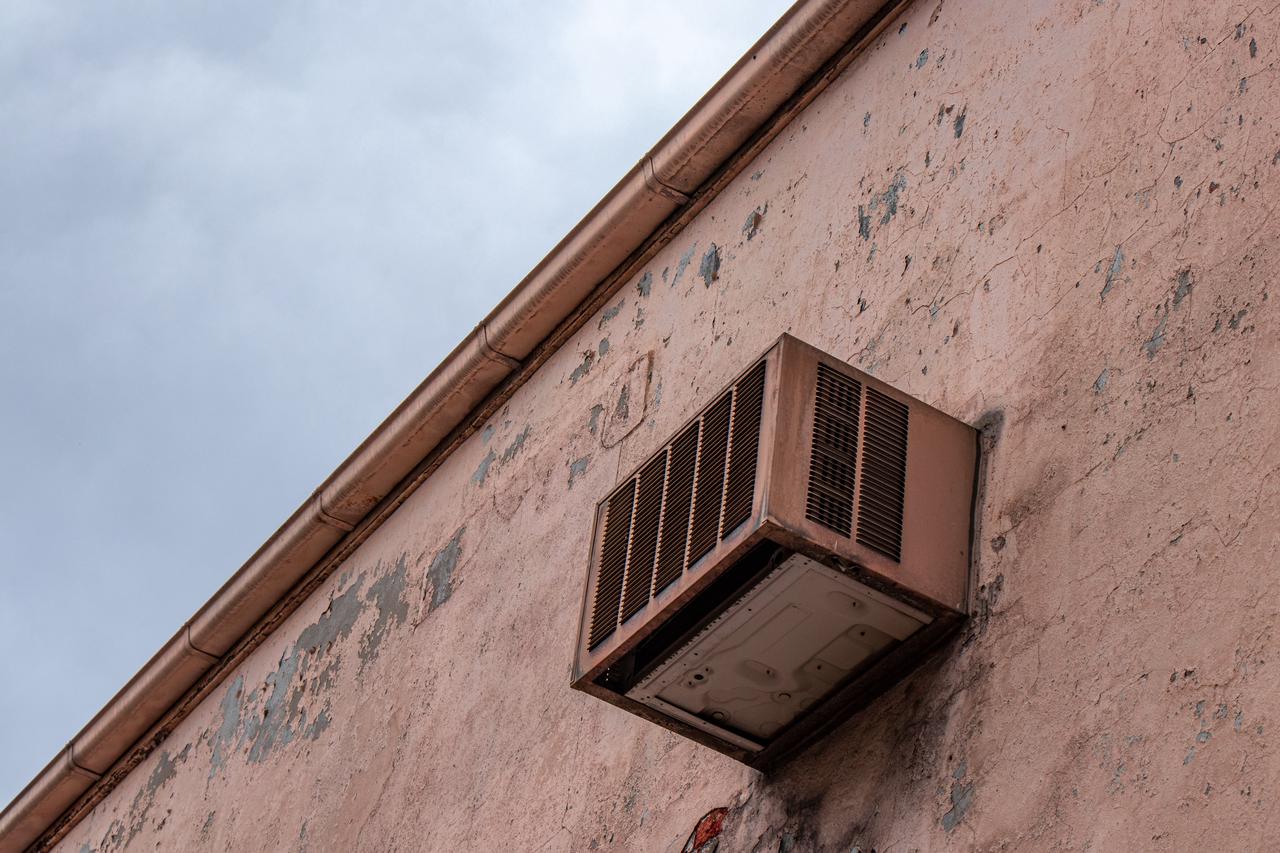
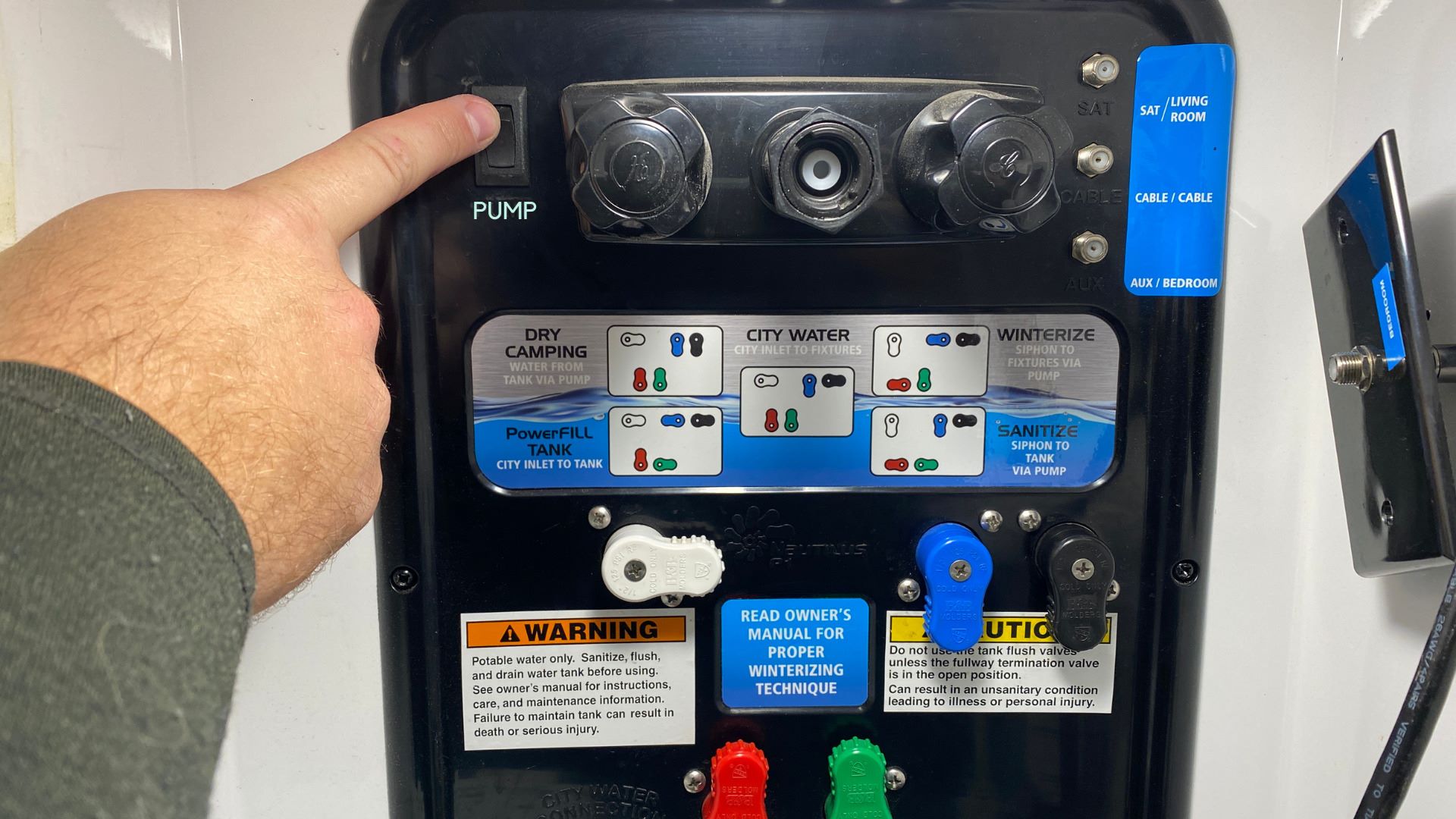

0 thoughts on “Why Does My Rv Water Pump Keep Running”